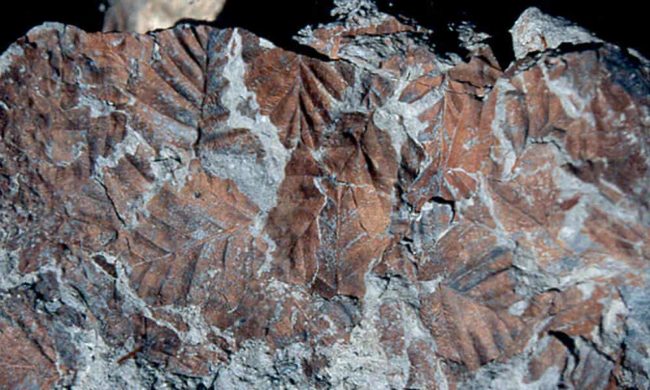
“But it’s Natural” is a common climate denialism quip, and you are then advised that the planet was once even warmer in the past. It is true indeed that the planet has been warmer in the past. One good example of that is The Pliocene, a time where there were Antarctic Trees. There is however nothing “natural” about the levels of CO2 today, that is all human induced.
The Pliocene was a time when sea level was about 15-20 meters higher than today, and Arctic temperatures were about 3-4 C warmer. What we also know is that it was a time when the CO2 level within our atmosphere matched the levels we have just boasted them to. By generating so much CO2 we are on a journey back to what happened to the climate then.
Sources
The trigger for today’s posting is via a series of talks at Imperial Collage London earlier on this week titled “The Pliocene: The Last Time Earth had >400 ppm of Atmospheric CO2”. This has triggered a series of media stories that highlight the insights …
- BBC (3rd April 2019): Climate change: Warning from ‘Antarctica’s last forests’
- The Guardian (3rd April 2019): Last time CO2 levels were this high, there were trees at the South Pole
They recorded it all …
Sound bites
Prof Martin Siegert, a geophysicist and climate-change scientist at Imperial College London, was also the chair for the meeting.Here he talks about the Pliocene …
“The headline news is the temperatures are 3-4C higher and sea levels are 15-20 metres higher than they are today. The indication is that there is no Greenland ice sheet any more, no West Antarctic ice sheet and big chunks of East Antarctic taken”
By bumping up CO2 to over 400ppm we are on the way to what happened then. We don’t see it yet because the implications of CO2 over 400ppm takes time to manifest …
If you put your oven on at home and set it to 200C the temperature does not get to that immediately, it takes a bit of time, and it is the same with climate
How do we know what the Pliocene was like?
We know that a variety of beech and possibly conifer trees grew at Oliver Bluffs, 300 miles from the South Pole and we know when that happened because we have fossils we can date.
Prof Jane Francis, director of the British Antarctic Survey …
“This is an amazing discovery. They found fossil leaves of southern beech. I call them the last forests of Antarctica. They were growing at 400ppm CO2, so this may be where we are going back to, with ice sheets melting at times, which may allow plants to colonise again.”
It really is us
Today we are already on a journey to that Pliocene climate, a time when CO2 was at 400ppm as it is today. CO2 is still increasing (it is 413ppm as I write this) and so by the end of this century could be as high as 1000ppm if we do nothing. That takes us back to Cretaceous, a time where the climate was even more extreme.
Prof Martin Siegert …
If we keep carbon emissions going at the current rate, by the end of the century we will have 1,000ppm
Prior to the industrial revolution, CO2 was only 280ppm. The carbon had been captured by plants and buried, but we have changed all that …
It formed coal seams, gas and oil fields. And what we have been doing for the last 150 years is digging it all up and putting it back into the atmosphere, it’s crazy
We can still take meaningful steps, it is not yet too late. What is true is that doing nothing is really not an option.
